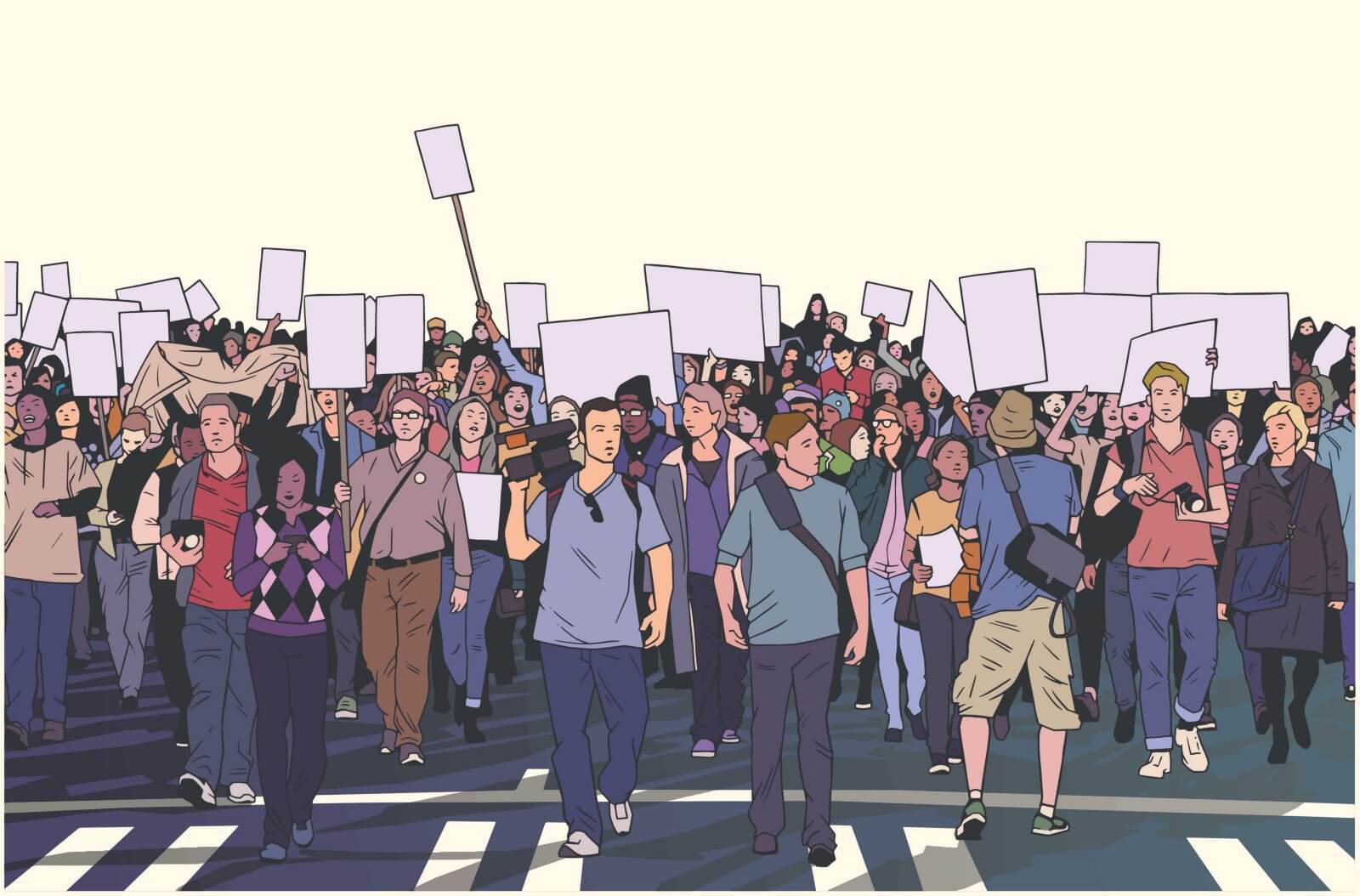What if every person who was deaf, Deaf, had hearing loss (plus those peoples’ friends and family) refused to do business with a company that didn’t caption its videos?
I saw an article recently, which identified strategies that business people who don’t want to caption videos should use to try and avoid it. Basically, it advocated strategies for business people to deliberately choose which allows them to discriminate against people with hearing loss if they don’t feel like paying for captioning. I’m not going to link to it or mention the author’s name because he doesn’t deserve the attention. But this article made me mad. Really really mad. Full-on “Mama bear, go off the deep-end” mad. Because my daughter is deaf, and when you don’t caption, you are hurting my child.
The author is arguing that business people can make an “undue burden” analysis for captions. Additional he suggests that they pretend they are broadcasters to take advantage of an exemption under the FCC laws if their business has less than $3 million in revenue. He claims that “add[ing] captions to a prerecorded webinar is relatively easy and inexpensive, but that live captioning was both technically difficult and expensive.”
Here is why his arguments are a specious pile of donkey dung.
- Closed captioning costs range from $1 to $4 per minute
- CART (Computer Aided Real-time Transcription) is a service whose cost ranges from $60/hour up to $200/hour, depending on a number of factors, such as output method, equipment involved, the type of event, the experience of the provider, different country norms, and whether the service is onsite or remote
But wait? $1 to $4 a minute is the same as $60 to $200 per hour?
Yes, yes it is. But because of the way human minds work $1 per minute sounds cheap and $60 an hour sounds like a lot EVEN THOUGH THEY ARE THE EXACT SAME AMOUNT.
Video teleconferencing software easily supports real time captioning
- Blue Jeans supports captioning
- Zoom supports captioning
- Adobe Connect has supported support captioning for more than five years
- Skype supports captioning
In fact, it’s pretty damn hard these days to find a video teleconferencing system that DOESN’T support live captioning. “Technically difficult”? Two google queries takes care of the problem. Hardly an undue burden.
When businesses don’t caption videos, THEY are creating an undue burden — on their potential customers
Hearing loss is one of the most common birth defects; about 3–4 in 1,000 newborns have significant hearing impairment. Hearing loss also can develop later in childhood or during adulthood. Approximately one in three people between the ages of 65 and 74 has hearing loss and nearly half of those older than 75 have difficulty hearing.
When videos aren’t captioned, the people who need the captioning have to go somewhere else to find the information they are looking for in a form that they can perceive. That is an undue burden — to THEM, not the company who is doing the discriminating by failing to caption.
Here’s what you can do to support captioning
Every time you see a business video without captioning ANYWHERE — on a website or mobile application, on social media such as Facebook, LinkedIn, YouTube, or Instagram- LET THE COMPANY KNOW YOU (or someone you know) HAS BEEN EXCLUDED by their discriminatory practices.
Too bad this video wasn’t captioned, I guess your company doesn’t want people with hearing loss as customers? I will be taking my business elsewhere, and letting my network know they should too. #NoCC
is all it takes. Feel free to copy and paste, you don’t even need to attribute it. Put it in the comments so others can see it and “like” your comment. Or if that isn’t available, send it in via the company’s contact information. And then- most importantly- do EXACTLY what you said you were going to do. Take your business to their competition who does caption. And tell the company that you went to exactly why they got your business. Vote with your pocketbook and let both companies know how you voted !!!
If every person with hearing loss in the US refused to do business with companies that didn’t caption, all businesses would incorporate captioning as a regular practice in fairly short order. People with hearing loss — the numbers are with YOU and the power is YOURS. Stop giving money to companies that clearly don’t give a damn about you.

0 comments on “Captioning: It’s Time for a Revolt”